The transdeltoid lateral approach can be used for various treatments of the proximal humeral fractures It is especially useful for osteosynthesis of fractures of the greater tuberosity This incision is placed between the acromial part (2) and the spinal part (3) of the deltoid muscle, as illustrated/b Femur, shaft Classification The Müller AO Classification 376 Introduction 171 Femur, shaft—introduction Suthorn Bavonaratanavech, William D Belangero 377 1 Introduction 377 11 Incidence 377 12 Current methods of treatment 377 13 Indication for MIPO 377 14 Contraindication for MIPO 377 2 Surgical anatomy 378 21 Blood supply to the femoral shaft 378 22 ShapeFRATURAS DO FÊMUR PROXIMAL FRATURA DO COLO DO FÊMUR I – ANATOMIA => O eixo do colo femoral forma com a diáfise 02 angulos â cervico diafisário(plano frontal) no adulto é 130 á 137ºe o â de anteverão(plano sagital) de 10 á 15º => O calcar femoral é uma placa vertical densa de osso que se estende da porção postero

Pdf Quantitative Assessment Of Changes In Lesser Trochanter Shapes In Relation To Femoral Rotations
Clasificacion ao femur proximal
Clasificacion ao femur proximal-Diagnóstico y Tratamiento de Fracturas Intracapsulares del Extremo Proximal del Fémur • Estudios radiográficos anteroposterior de pelvis con el fémur afectado con rotación interna de 15 grados, lateral de fémur proximal afectado • En pacientes mayores de 60 años se solicitará radiografía de tórax y electrocardiograma SEGUIMIENTO Y VIGILANCIA• osteotomías del fémur proximal;



Universidad Rafael Landivar Facultad De Ciencias De La Salud Licenciatura En Medicina Pdf Free Download
Introducción Las fracturas de la cadera comprenden las regiones de la cabeza, el cuello femoral y la región intertrocantérica que corresponde a la porción del segmento proximal del fémur, cuyo límite se define por una línea próxima a la tangente inferior al trocánter menor 1Los 2 segmentos proximales, cabeza y cuello femoral, se encuentran rodeados por la cápsula articular, porAO Principles of Fracture Management is an essential resource for orthopedic trauma surgeons and residents in these specialties The third edition of the book has been fully updated and extended to describe the latest techniques and covers the complete content of the AO Principles Course of today Order the book here• osteotomías del fémur proximal;
Beginning proximally and posteriorly, the muscle mass is elevated from the femur and reflected anteriorly The first perforating vessels lie on the lateral femur, approximately 5 cm below the vastus lateralis ridge (inferior border of greater trochanter) They should be identified and ligated or coagulated, if smallThe Müller AO Classification of fractures is a system for classifying bone fractures initially published in 1987 by the AO Foundation as a method of categorizing injuries according to therognosis of the patient's anatomical and functional outcome "AO" is an initialism for the German "Arbeitsgemeinschaft für Osteosynthesefragen", the predecessor of the AO FoundationThe AO classification of proximal humeral fractures, along with the Neer classification, is one of the most frequently used systems for classifying proximal humeral fractures The AO classification divides proximal humeral fractures into three groups, A, B and C, each with subgroups, and places more emphasis on the blood supply to the articular surface 1,2
ORIF of 3 and 4 part fractures of the proximal part of the humerus, Wijgman 02 JBJS 10 años de seguimiento, 37% necrosis, de éstos 77% resultados buenos o excelentes Internal fixation of complex fractures of the proximal humerus Gerber 04 JBJS Br 35% necrosis The clinical relevance of postraumatic avascular necrosisThe location within the bones is the proximal end segment (1), diaphyseal segment (2), and, distal end segment (3) The end segment consists of the epiphysis and metaphysis The metaphyseal end segment is determined by a square whose sides are the same length as the widest part of the visible epiphyseal growth plate ( Fig 3 ) 11 For the radiusAO Surgery Reference is an internetbased resource for the management of fractures, based on current clinical principles, practices and available evidence It describes the complete surgical management process from diagnosis to aftercare for fractures in a given anatomical region, and also assembles relevant published AO material



Forearm Fractures In Two Juveniles Aged 11 And 15 Years Respectively Download Scientific Diagram


Classification Of Distal Femur Fractures And Their Clinical Relevance Trauma International
Proximal Femoral Nail Antirotation 2 AO Principles 5 Indications and Contraindications 6 Clinical Cases 7 Preoperative Planning 8 Patient Positioning 9 Preparation 10 Open Femur 14 Insert Nail 17 Proximal Locking Distal Locking 38 – For PFNA Short 40 – For PFNA Long 45Group Femur, proximal end segment, trochanteric region, multifragmentary pertrochanteric, lateral wall incompetent (≤ 5 mm) fracture 31 Group Femur, proximal end segment, trochanteric region, intertrochanteric (reverse obliquity) fracture 31A3We help you diagnose your Proximal femur case and provide detailed descriptions of how to manage this and hundreds of other pathologies



Aoota Classification 18 Info Booklet 1 Anatomical Terms Of Location Limbs Anatomy



Diagrams Showing The Configurations Of Fixation Gapped Short Nail Download Scientific Diagram
Clasificacion Ao 1 2 3 Los huesos largos se dividen en tres segmentos Numerados como 1, 2 y 3 de proximal a distal 14 Clasificación de las fracturas de Müller AO Principios de la clasificación de las fracturas En la mayoría de los huesos, los segmentos proximal y distal se definen con un cuadrado cuyos lados son de la mismaFRACTURAS DE DIAFISIS FEMORAL CLASIFICACION Debe tener en cuenta la fractura y la lesin de partes blandas En la clasificacin AO, la difisis femoral se identifica con 32 Se tiene 32 32 B2 32 C2 FRACTURAS DE DIAFISIS FEMORAL ANATOMIA Los puntos de referencia son el trocnter mayor, condilo femoral externo y la rotulaProximal fémur 3 1 2 3 1¿Que segmento óseo está afectado?
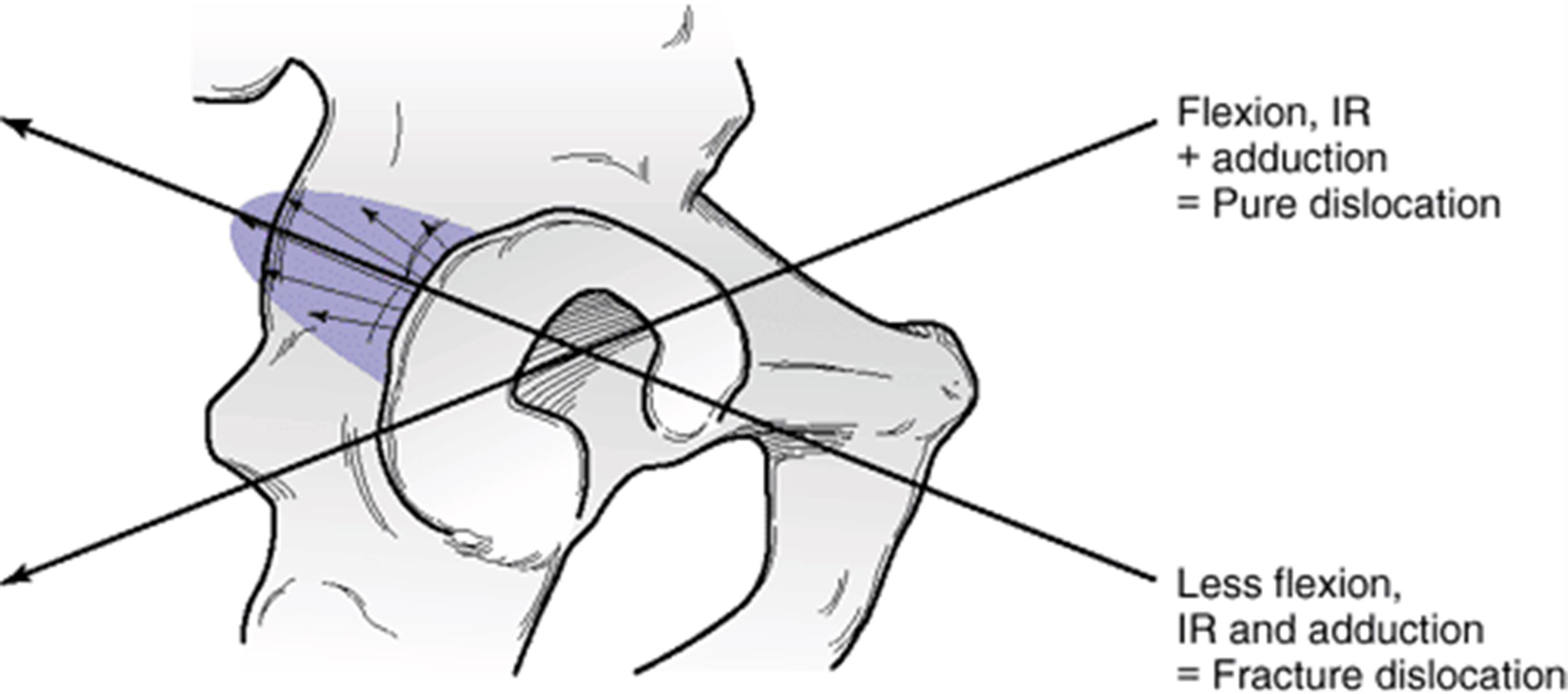


Femoral Head Fractures Trauma Orthobullets



Universidad Rafael Landivar Facultad De Ciencias De La Salud Licenciatura En Medicina Pdf Free Download
FRATURAS DO FÊMUR PROXIMAL FRATURA DO COLO DO FÊMUR I – ANATOMIA => O eixo do colo femoral forma com a diáfise 02 angulos â cervico diafisário(plano frontal) no adulto é 130 á 137ºe o â de anteverão(plano sagital) de 10 á 15º => O calcar femoral é uma placa vertical densa de osso que se estende da porção posteroClasificacion Ao 1 2 3 Los huesos largos se dividen en tres segmentos Numerados como 1, 2 y 3 de proximal a distal 14 Clasificación de las fracturas de Müller AO Principios de la clasificación de las fracturas En la mayoría de los huesos, los segmentos proximal y distal se definen con un cuadrado cuyos lados son de la mismaDOI /X80B Corpus ID Assessment of the AO classification of intracapsular fractures of the proximal femur @article{Blundell1998AssessmentOT, title={Assessment of the AO classification of intracapsular fractures of the proximal femur}, author={C Blundell and M Parker and G Pryor and J HopkinsonWoolley and S Bhonsle}, journal={The Journal of bone and



Editor S Choice Management Of Chronic Venous Disease European Journal Of Vascular And Endovascular Surgery



Fijacion Intramedular Para Fracturas Intertrocantereas Con El Clavo Femoral Proximal Pdf Descargar Libre
Introducción Las fracturas de la cadera comprenden las regiones de la cabeza, el cuello femoral y la región intertrocantérica que corresponde a la porción del segmento proximal del fémur, cuyo límite se define por una línea próxima a la tangente inferior al trocánter menor 1Los 2 segmentos proximales, cabeza y cuello femoral, se encuentran rodeados por la cápsula articular, porThe proximal femur predisposes to early loosening16 Stem oversizing predisposes to intraoperative fracture, and thus cementation may be of benefit for elderly women or those with compromised bone quality13 All these features should be taken into consideration during preoperative planning07 Available learning resources



Fractura Femur Proximal Sistema Esqueletico Medicina



Fractura Femur Rodilla Y Tibia Rodilla Sistema Musculoesqueletico
Proximal femur Blood flow to the proximal femur is supplied primarily by the branches of the medial and lateral circumflex femoral arteries Supplemental flow to the femoral head is supplied by the artery of the ligamentum teres, a branch of the obturator artery Green oval = transition point between the extracapsular and intracapsular portionsFemur, 2 osteosynthesis failures, 1 nonunion after periprosthetic fracture, and 1 diaphyseal fracture in an osteoporotic femur Two techniques were used to reinforce the bone intramedullary cementing and the implantation of screwon counterplates of frozen bone allograft Results Patients were followed up for 12 to 72 months (mean 262 months)Diáfi sis femoral puede cursar con un colapso severo y/o falla por el corte del tornillo en la cabeza femoral (cut out), el cual se ha reportado hasta % en este tipo de fracturas4 En la actualidad, los clavos centromedulares son ampliamente utilizados para el manejo de las fracturas inestables del fémur proximal debido a que son me



Clasificacion Ao Fracturas Diafisiarias Y Articulares Docsity



Fracture Ao Class Lee Yw Youtube
TEMA 21 1FRACTURAS DE LA EXTREMIDAD PROXIMAL Y DIAFISIS DE FÉMUR 1 Fracturas de cadera 2 Fracturas subtrocantéreas Clasificación OTA/AO o 31 A1 o 31 o 31 A3 muy inestables, está invertida, va de la base del trocánter mayor al trocánter menor o Clavo intramedular femoral proximal la tendencia ahora es a usar más ésteClasificación de las fracturas de Müller AO Principios de la clasificación de las fracturas En la mayoría de los huesos, los segmentos proximal y distal se definen con un cuadrado cuyos lados son de la misma longitud que la parte más ancha de la epífisis en cuestión, Excepciones fémur proximal húmero proximal segmento maleolarType B fractures of the proximal femur are fractures of the femoral neck 31C articular fracture, head Type C fractures of the proximal femur are fractures of the head of the femur Adapted from Rüedi TP, Buckley RE, Moran CG AO Principles of Fracture Management 2nd ed Stuttgart New York Georg Thieme Verlag;



Pdf Free Download



Clasificacion Ota Completa Clinical Trial Taxonomy Biology
• indicadas también para la fijación de fracturas en hueso osteoporósico y en la fijación de consolidaciones ausentes o defectuosas Características • El primer tornillo proximal (A) está orientado a 100° • El segundo tornillo proximal (B) está orientado a 121°• indicadas también para la fijación de fracturas en hueso osteoporósico y en la fijación de consolidaciones ausentes o defectuosas Características • El primer tornillo proximal (A) está orientado a 100° • El segundo tornillo proximal (B) está orientado a 121°Clasificación de las fracturas de Müller AO Fracture tipos 11 y 31Húmero proximal 11A = extraarticular, unifocal B = extraarticular, bifocal C = fractura intraarticular Fémur proximal 31A = zona trocantérica B = fractura del cuello C = fractura de la cabeza Clasificación de las fracturas de Müller AO



Fractura Proximal De Femur Vias De Abordaje 27 5 15 Pdf Document



Editor S Choice Management Of Chronic Venous Disease European Journal Of Vascular And Endovascular Surgery
AO Surgery Reference is an internetbased resource for the management of fractures, based on current clinical principles, practices and available evidence It describes the complete surgical management process from diagnosis to aftercare for fractures in a given anatomical region, and also assembles relevant published AO materialDuring the 16 Meet the Experts sessions, Michael Blauth, Paulo Barbosa and Hiroaki Minehara, members of the Intramedullary Nailing Expert Group, presentedFemur proximal, trochanteric fracture, pertrochanteric multifragmentary (always have posteromedial fragment with lesser trochanter and adjacent medial cortex) (31) 1 With 1 intermediate fragment (311) 2 With several intermediate fragments (312) 3 Extending more than 1 cm below
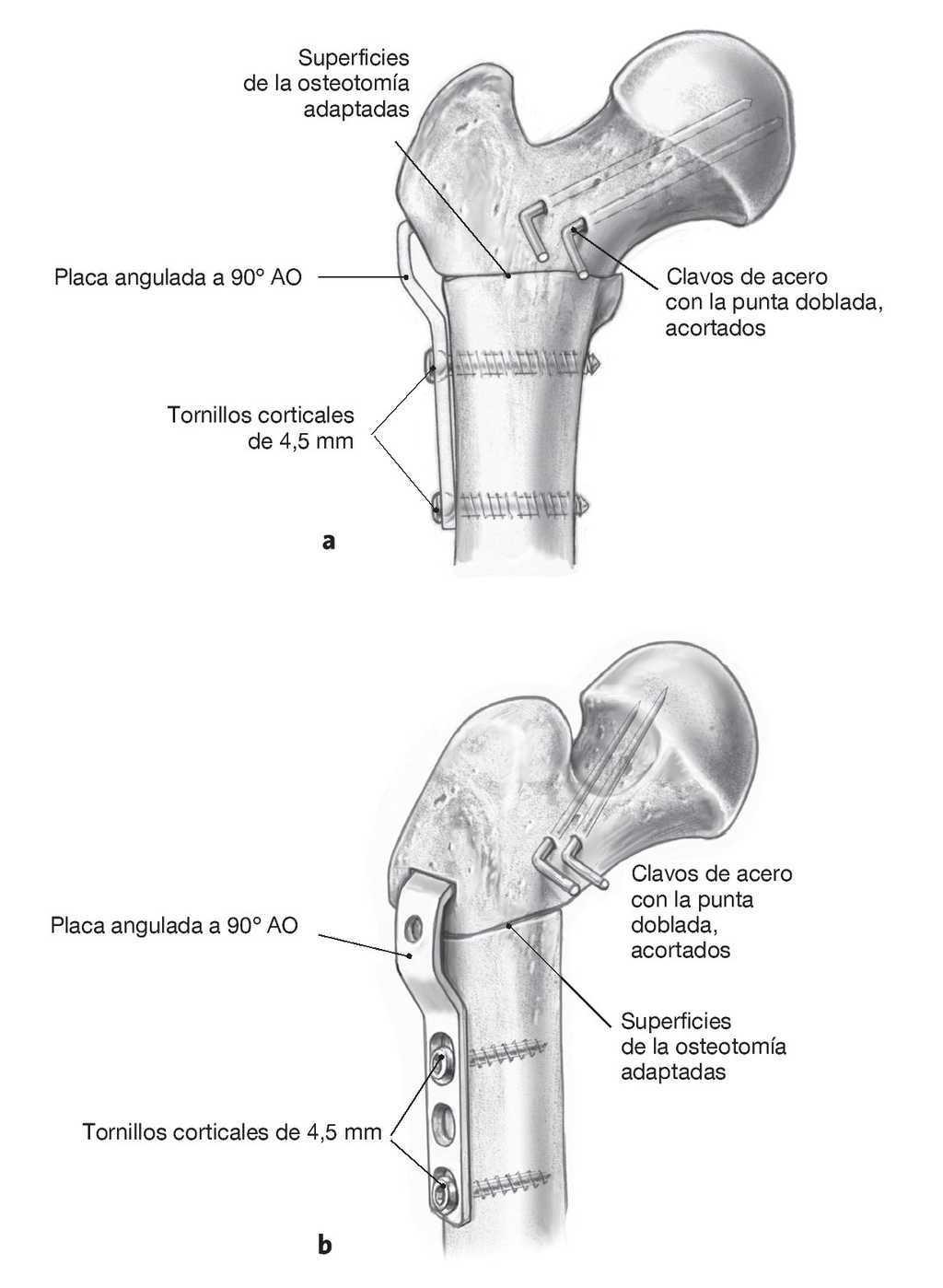


Osteotomia Intertrocanterea Correctora De Imhauser Tecnicas Quirurgicas En Ortopedia Y Traumatologia



Clasificacion Ao Pptx Sistema Esqueletico Medicina
Fractures of the proximal femur are divided into three groups Type 31A extraarticular fracture, trochanteric area Type 31B extraarticular fracture, neck Type 31C articular fracture, head For the purpose of discussion in this chapter, subtrochanteric fractures are also included (Müller AO Classification 32A, B, or C) as the same principles and techniques apply when performing MIPO for these fracturesAO Principles of Fracture Management is an essential resource for orthopedic trauma surgeons and residents in these specialties The third edition of the book has been fully updated and extended to describe the latest techniques and covers the complete content of the AO Principles Course of today Order the book hereDuring the 16 Meet the Experts sessions, Michael Blauth, Paulo Barbosa and Hiroaki Minehara, members of the Intramedullary Nailing Expert Group, presented



Editor S Choice Management Of Chronic Venous Disease European Journal Of Vascular And Endovascular Surgery



Femoral Head Fractures Trauma Orthobullets
Proximal Segmento medial (diáfisis) Segmento distal 2 ¿ Qué numero tiene el segmento proximal dentro de la Clasificación AO de fracturas?AO Classification A1 A3 B1 B2 B1 B2 C1 C2 C3 C1 C2 C3 A1 A3 Proximal femur 31 Diaphyseal femur 32 Synthes Solutions LCP Proximal Femur Plate LCP Proximal Femur Hook Plate – Anatomically contoured – Angularly stable construct independent of bone qualityS fracturas da extremidade proximal do fémur são frequentes em pessoas de idade avançada, com índices de morbilidade e de mortalidade elevados "Vimos ao mundo pela bacia e dele vamos pelo colo do fémur"1 reflecte a atitude derrotista com que se encaravam, em 1955, as fracturas do colo do fémur



A Fracture Of Femoral Head Published By Birkett In 1869 2 Original Download Scientific Diagram
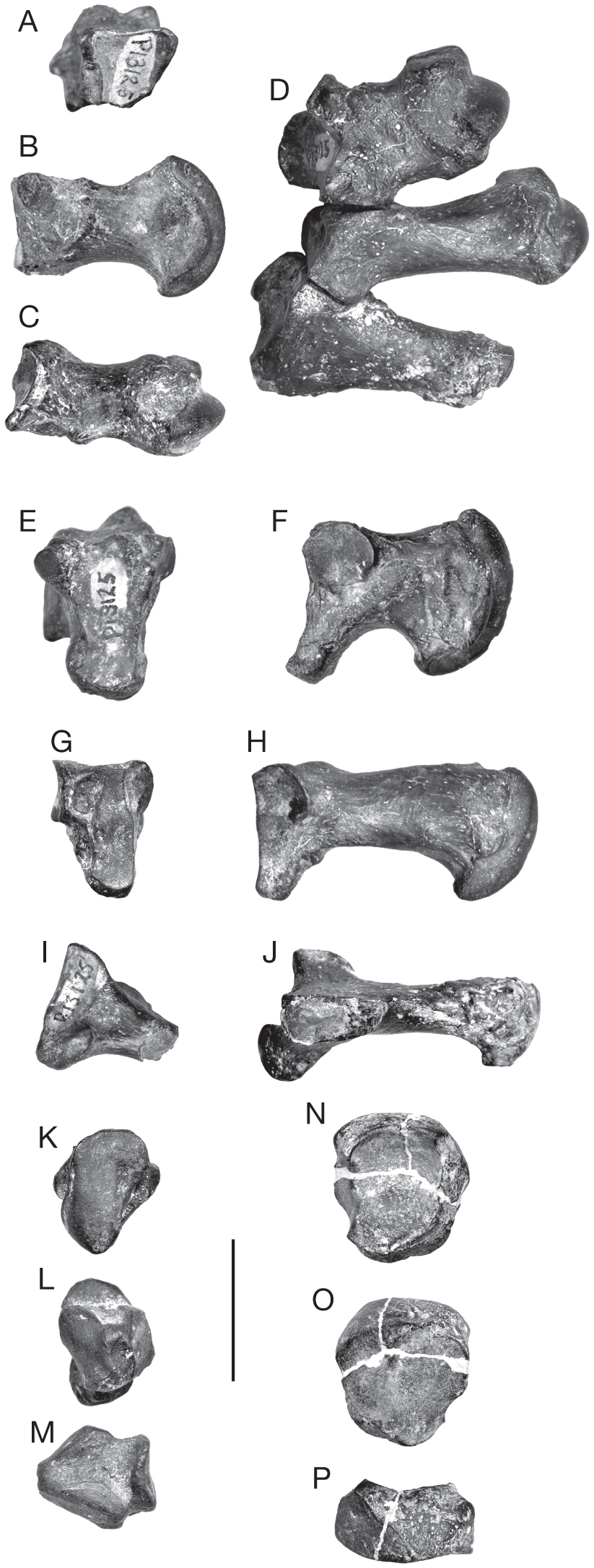


Eucholoeops Ameghino 17 Xenarthra Tardigrada Megalonychidae From The Santa Cruz Formation Argentine Patagonia Implications For The Systematics Of Santacrucian Sloths
TEMA 21 1FRACTURAS DE LA EXTREMIDAD PROXIMAL Y DIAFISIS DE FÉMUR 1 Fracturas de cadera 2 Fracturas subtrocantéreas Clasificación OTA/AO o 31 A1 o 31 o 31 A3 muy inestables, está invertida, va de la base del trocánter mayor al trocánter menor o Clavo intramedular femoral proximal la tendencia ahora es a usar más ésteClasificacion de las fracturas ao 1 CLASIFICACIÓN DE LAS FRACTURAS IRM DIANA LARA TRAUMATOLOGÍA HGDC 2 Objetivos • Definir fractura • Identificar los diferentes tipos de fracturas • Conocer las diferentes clasificaciones de fracturas • Aprender a clasificar una fractura • Diagnosticar una fractura 3There are a number of classification systems for intracapsular fractures of the proximal femur, but none has been shown to be practical with satisfactory reproducibility and accurate predictive value We have investigated the AO classification and evaluated intra and interobserver accuracy and its



Editor S Choice Management Of Chronic Venous Disease European Journal Of Vascular And Endovascular Surgery
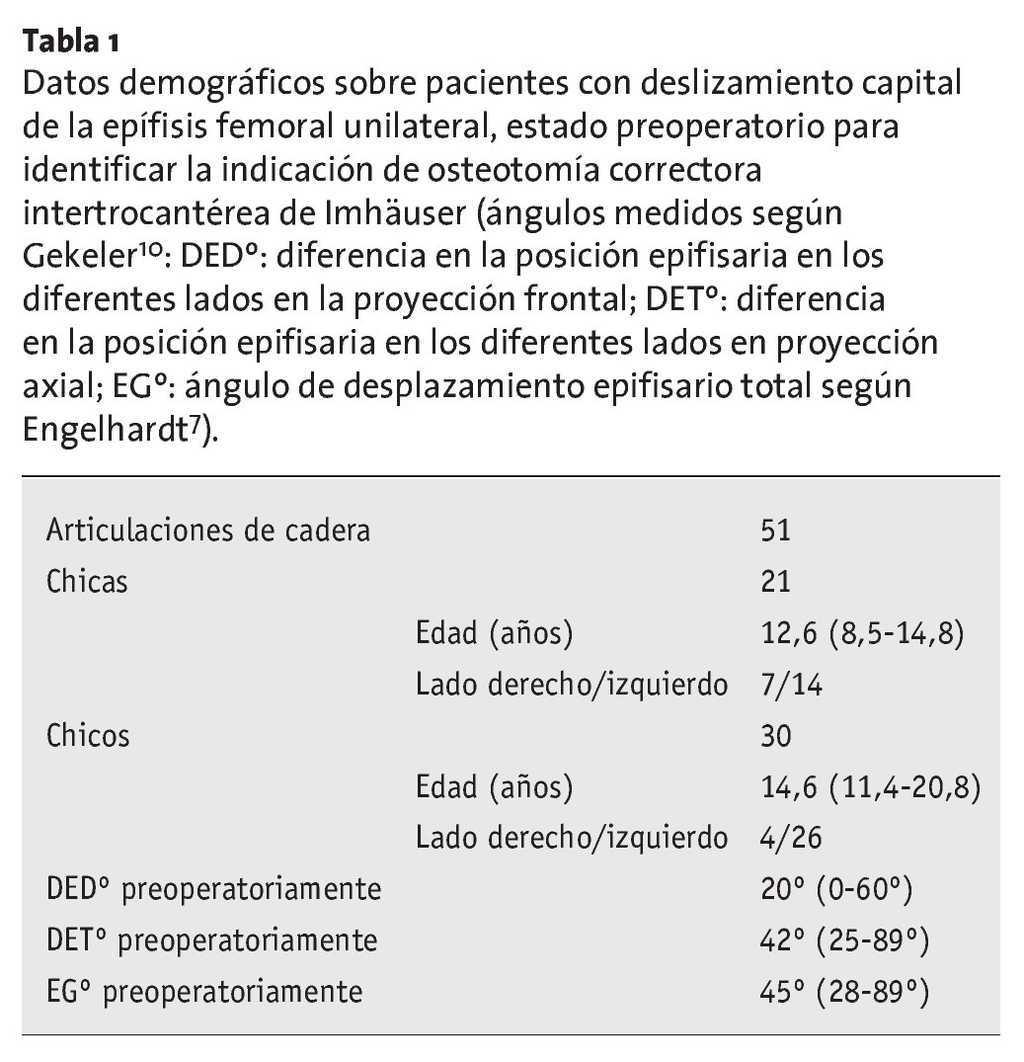


Osteotomia Intertrocanterea Correctora De Imhauser Tecnicas Quirurgicas En Ortopedia Y Traumatologia
Proximal femur Blood flow to the proximal femur is supplied primarily by the branches of the medial and lateral circumflex femoral arteries Supplemental flow to the femoral head is supplied by the artery of the ligamentum teres, a branch of the obturator artery Green oval = transition point between the extracapsular and intracapsular portionsThe Paprosky femoral bone loss classification is based on three variables (a) the location of bone loss (metaphyseal vs diaphyseal), (b) the degree of remaining support of the proximal femur (ie, degree of cancellous bone loss), and (c) the amount of isthmus remaining for diaphyseal fixation (Table 2)These three variables allow for objective assessment of bone loss and provideThe stem and the proximal femoral component to achieve the desired resection length If the desired resection length best lines up with the 'N' on the template, no extension piece is used, ie, either stem style is assembled directly to the proximal femoral component A 1/8" diameter drill can be inserted into the center of the femoral head



Editor S Choice Management Of Chronic Venous Disease European Journal Of Vascular And Endovascular Surgery
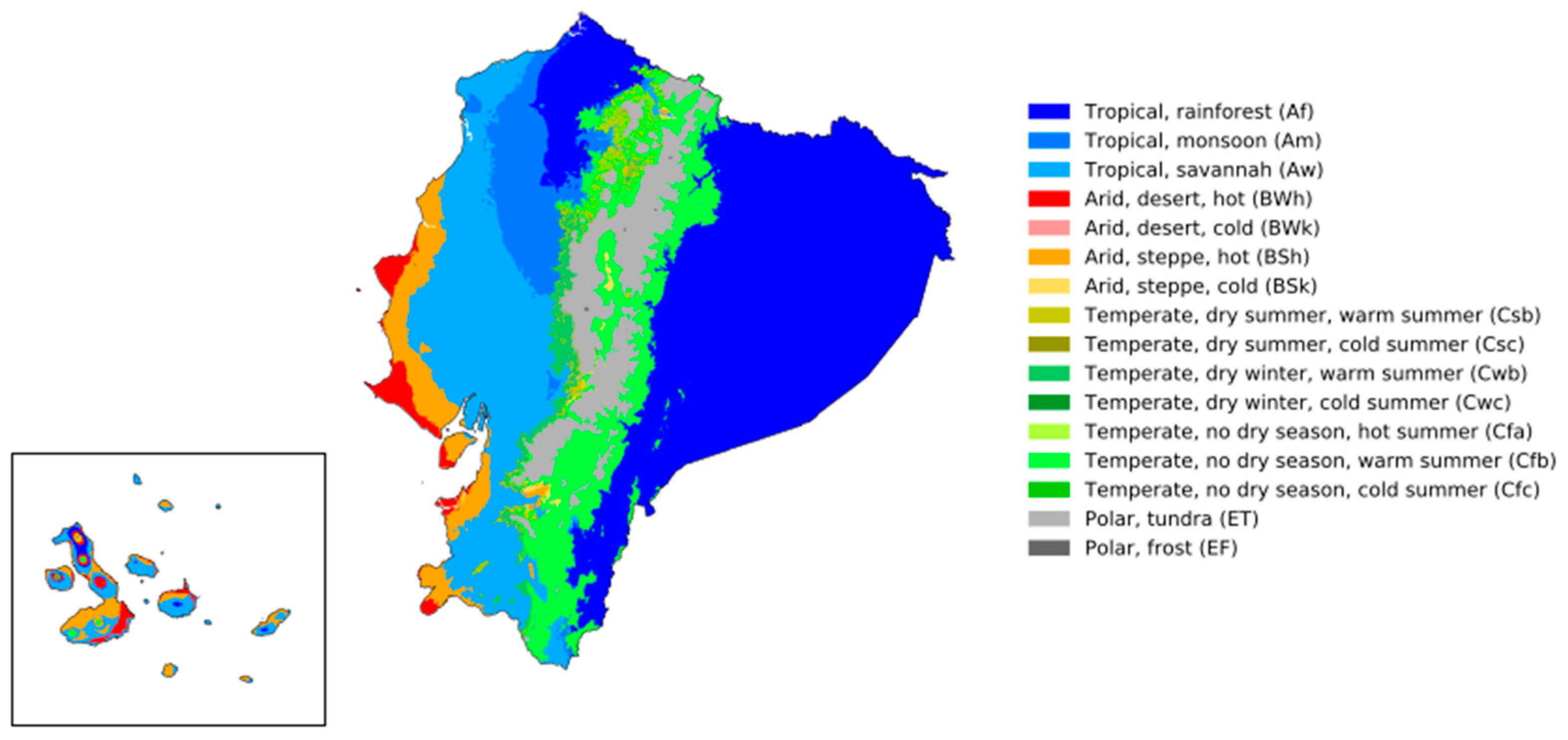


Animals Free Full Text Sexual Dimorphism And Breed Characterization Of Creole Hens Through Biometric Canonical Discriminant Analysis Across Ecuadorian Agroecological Areas Html
De todas las fracturas del extremo proximal del fémur, el 53% son fracturas del cuello femoral Diagnóstico Las radiografías tienen una sensibilidad del 91 a 98% para el diagnóstico La evaluación estándar consiste como mínimo una radiográfia de la cadera afectada en proyecciones anteroposterior (AP) y lateralOBJECTIVE To evaluate and analyse the geometrical discrepancies between the proximal femur and two types of AO/Association for the Study of Internal Fixation (AO/ASIF) Proximal Femoral Nail Anterotation (PFNA/PFNAII) using computed tomography (CT)based analysis in Asian patients, and its implication in lateral cortical impingement duringCal interna de los fragmentos proximal y distal al foco de fractura Es así que el ECM con fresado del canal es el método de elección en las fracturas transversales y oblicuas cortas de la diáfisis femoral 1, 4, 10, 12, 33, 34, 40, 50 En las fracturas de la región proximal y distal a la diáfisis, donde la cavidad endo


Classification Of Distal Femur Fractures And Their Clinical Relevance Trauma International



Figure 2 7 From Fracture Classifications In Clinical Practice Semantic Scholar
31B Femoral neck 31B1 Subcapital 31B2 Transcervical 31 Basicervical 32B Wedge 32B2* Intact wedge 32* Fragmentary wedge 42B Wedge 42B2* Intact wedge 42* Fragmentary wedge 33B Partial articular 33B1 Lateral condyle, sagittal 33B2 Medial condyle, sagittal 33 Frontal/coronal 31C Femoral head 31C1 Split 31C2 Depression 32C MultifragmentaryThe reliability of proximal femoral fracture classifications using 3DCT was evaluated, and a comprehensive "area classification" was developed Eleven orthopedists (5–26 years from graduation) classified 27 proximal femoral fractures at one hospital from June 13 to July 14 based on preoperative images Various classifications were compared to area classification Proximal femur fractures present a reason for consultation in hospital for patients older than 65 years This type of injury is usually produced by a trauma from falling from a low height in older patients, because a large number of predisposing factors are present in this age group Several classifi cations have



Clasificacion Ao Fracturas Diafisiarias Y Articulares Docsity



Fx Diafisiarias Y Distales Femur Studocu
AO Principles of Fracture Management is an essential resource for orthopedic trauma surgeons and residents in these specialties The third edition of the book has been fully updated and extended to describe the latest techniques and covers the complete content of the AO Principles Course of today Order the book hereThe Dorr proximal femur morphology was classified into types A, B, and C Results 28 patients were excluded The proximal femurs of the remaining 172 patients (mean age, 85 years) wereBased on the AO Classification of Fractures, the classification of fractures of the proximal femur will be explained Especially the sub and pertrochanteric fractures, as well as the fractures of the femoral neck will be considered During the period from 26,126 fractures of the proximal



Pdf Proximal Humerus Fractures Current Treatment Options



Ao Ota Classification Of Distal Tibial Fractures Adapted With Kind Download Scientific Diagram
Clasificación AO 13 –Extracapsular y comprende 2 de los 4 fragmentos primarios Lic Tironi Lic La Spina Clasificación de Fracturas Tratamientos médicos A 1 14 A 2 A 3 Lic Tironi Lic La Spina Clasificación de Fracturas Tratamientos médicos • B) –Riesgo reducido de necrosis l Clasificación AO 15 avascu ar –ParcialmenteO colo femoral tem cerca de 5 cm de comprimento e pode ser subdividido em três regiões O aspeto mais lateral (a parte mais próxima do trocânter maior) é conhecido como base do colo do fêmur ou porção basicervical do colo, e é a parte mais larga do colo do fêmur O segmento médio é também referido como porção médiocervical e é a parte mais estreita do colo do fémurH úmero proximal 11 A = extraarticular, unifocal B = extraarticular, bifocal C = fractura intraarticular Fémur proximal 31 A = zona trocant érica B = fractura del cuello C = fractura de la cabeza 11 A C 31 B Clasificacion Ao gueste117d5f Clasificacion de fx ao DR ROMEO I SANCHEZ JIMENEZ csf98 Tratamiento de las fracturas del



Pdf Mortality Following Hip Fracture Surgery In Patients With Recent Myocardial Infarction
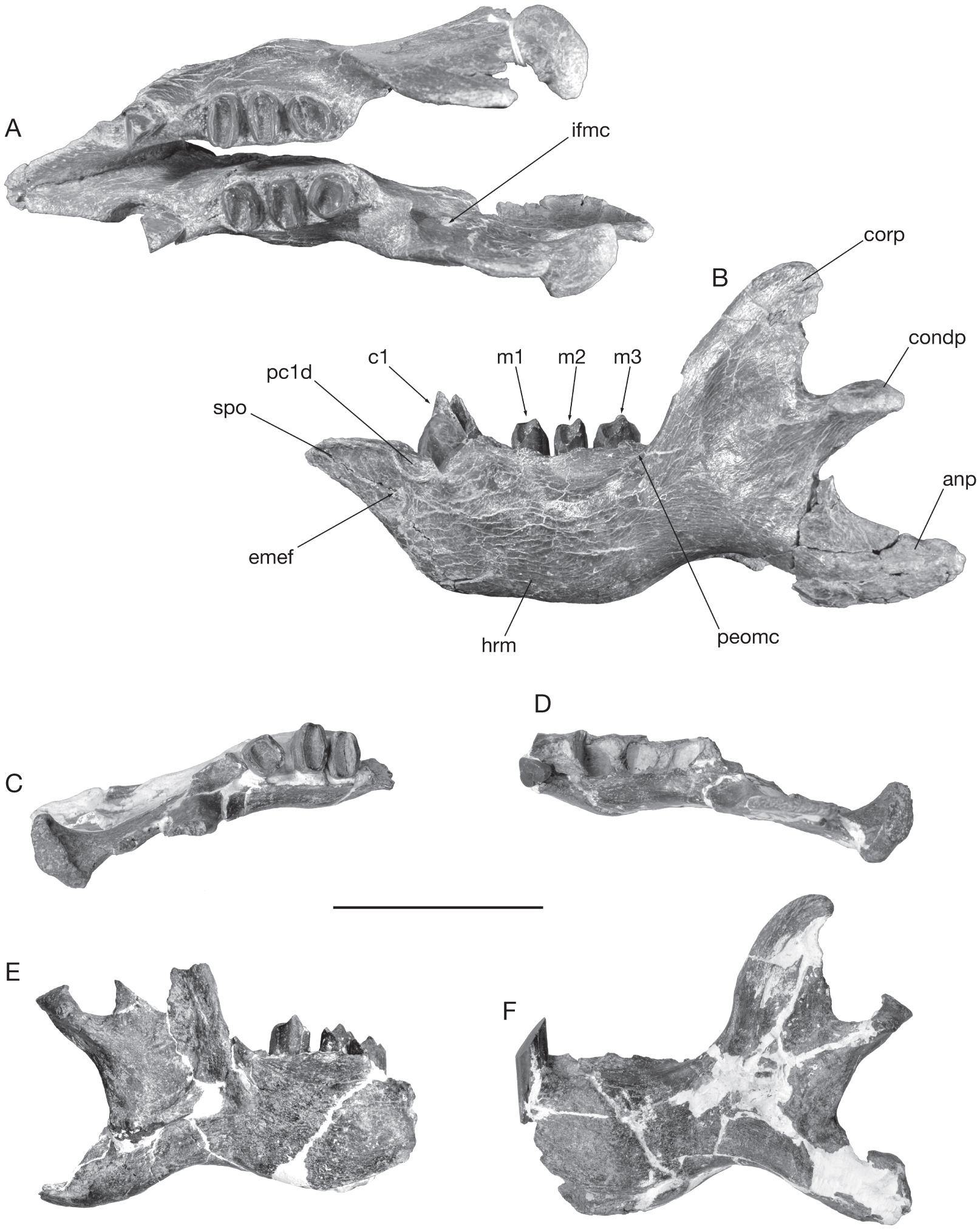


Eucholoeops Ameghino 17 Xenarthra Tardigrada Megalonychidae From The Santa Cruz Formation Argentine Patagonia Implications For The Systematics Of Santacrucian Sloths
AO Surgery Reference is a resource for the management of fractures, based on current clinical principles, practices and available evidence Orthopedic trauma (incl pediatrics) CMF Spine Veterinary AO Innovation Translation Center Calls for proposals Apply now for AO innovation resourcesProximal del Femur Tipo de fractura Descripción Capitales Son las comprendidas en la zona articular de la cabeza femoral Cervicales Se dividen en 3 tipos de acuerdo a su localización anatómica Subcapitales Son aquellas producidas en un plano inmediatamente inferior al borde del cartílago articular;FRACTURAS DE DIAFISIS FEMORAL CLASIFICACION Debe tener en cuenta la fractura y la lesin de partes blandas En la clasificacin AO, la difisis femoral se identifica con 32 Se tiene 32 32 B2 32 C2 FRACTURAS DE DIAFISIS FEMORAL ANATOMIA Los puntos de referencia son el trocnter mayor, condilo femoral externo y la rotula



Diagrams Showing The Configurations Of Fixation Gapped Short Nail Download Scientific Diagram



Caracteristicas De Las Fracturas De Femur Proximal Revista Repertorio De Medicina Y Cirugia
DOI /X80B Corpus ID Assessment of the AO classification of intracapsular fractures of the proximal femur @article{Blundell1998AssessmentOT, title={Assessment of the AO classification of intracapsular fractures of the proximal femur}, author={C Blundell and M Parker and G Pryor and J HopkinsonWoolley and S Bhonsle}, journal={The Journal of bone andClasificación de las fracturas de Müller AO Fracture tipos 11 y 31 Húmero proximal 11 A = extraarticular, unifocal B = extraarticular, bifocal C = fractura intraarticular Fémur proximal 31 A = zona trocantérica B = fractura del cuello C = fractura de la cabezaWe help you diagnose your Proximal femur case and provide detailed descriptions of how to manage this and hundreds of other pathologies
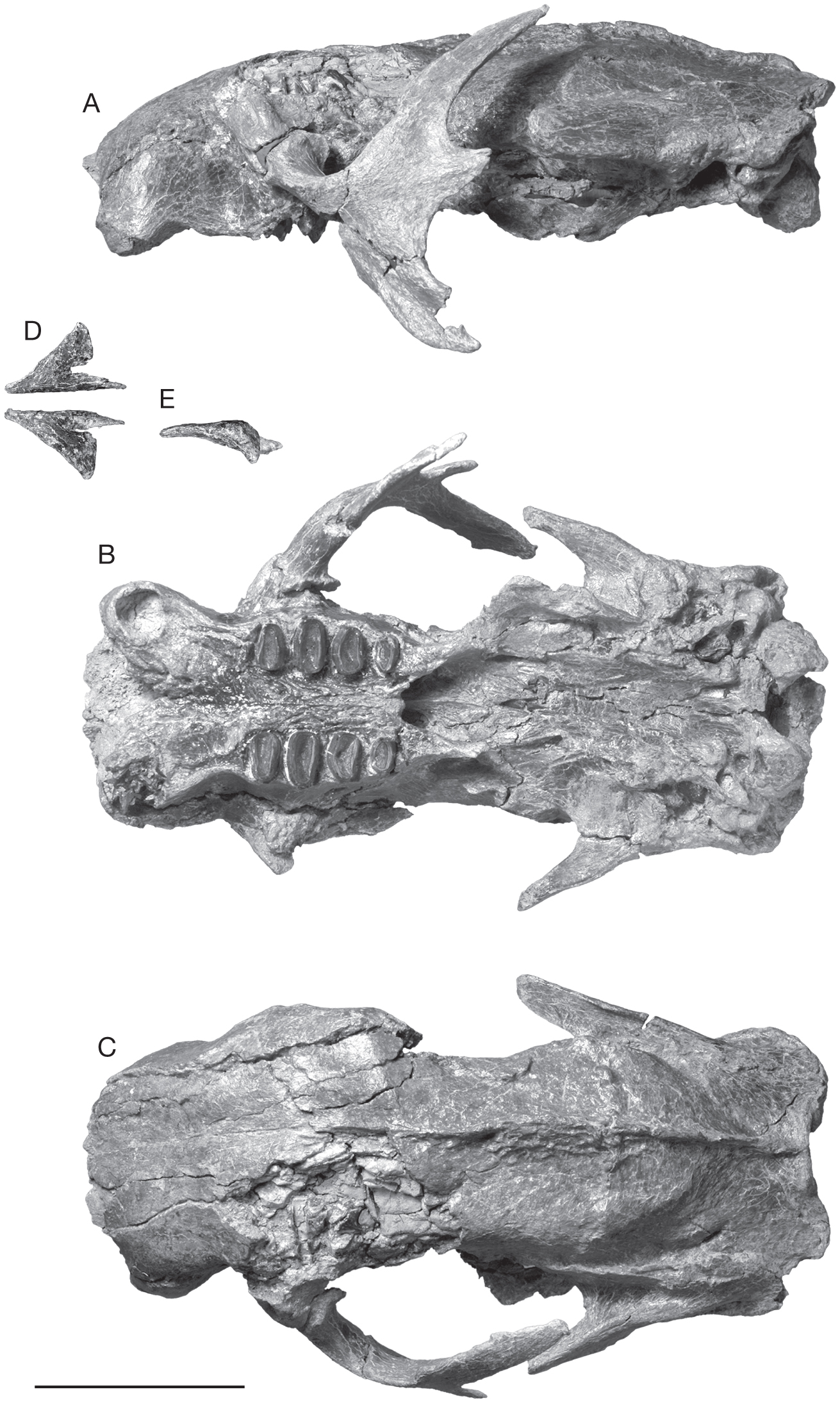


Eucholoeops Ameghino 17 Xenarthra Tardigrada Megalonychidae From The Santa Cruz Formation Argentine Patagonia Implications For The Systematics Of Santacrucian Sloths



Comparacion Del Clavo Intramedular Femoral Proximal Pfn Versus Placa Dhs Para El Tratamiento De Fracturas Intertrocantericas Analisis Prospectivo Diagnostico Medico Estadisticas
The distance between the proximal end of the nail and the tip of the trochanter determines the appropriate length of the end cap, which is between zero and mm, in 5 mm increments The end cap is introduced using a hexagonal screwdriver The end cap is optional for the standard femoral nailThe AO classification of proximal humeral fractures, along with the Neer classification, is one of the most frequently used systems for classifying proximal humeral fractures The AO classification divides proximal humeral fractures into three groups, A, B and C, each with subgroups, and places more emphasis on the blood supply to the articular surface 1,2



Fracturas De Femur Proxima Docsity



Pdf Quantitative Assessment Of Changes In Lesser Trochanter Shapes In Relation To Femoral Rotations



Oa Clasificacion Rodilla Sistema Musculoesqueletico



Editor S Choice Management Of Chronic Venous Disease European Journal Of Vascular And Endovascular Surgery



Manejo De Fracturas Diafisarias En Ninos Docsity



Ao Surgery Reference Veterinary



Clasificacion Ao Fracturas Hueso Taxonomia Biologia
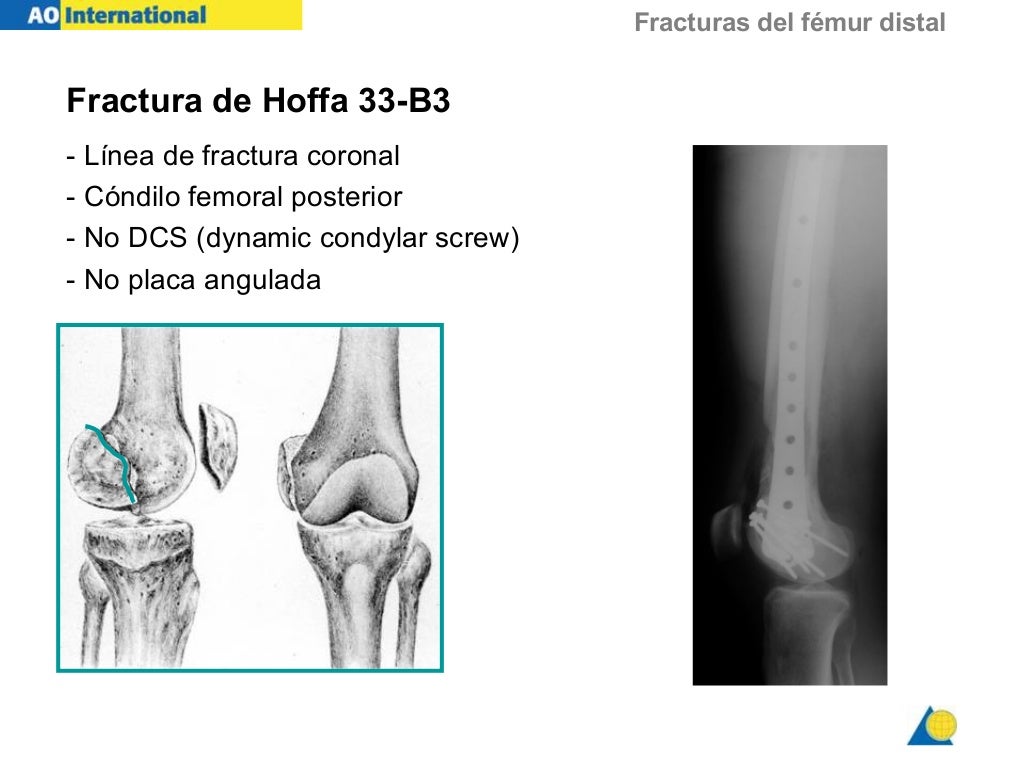


Fx Femur Distal



Femoral Head Fractures Trauma Orthobullets
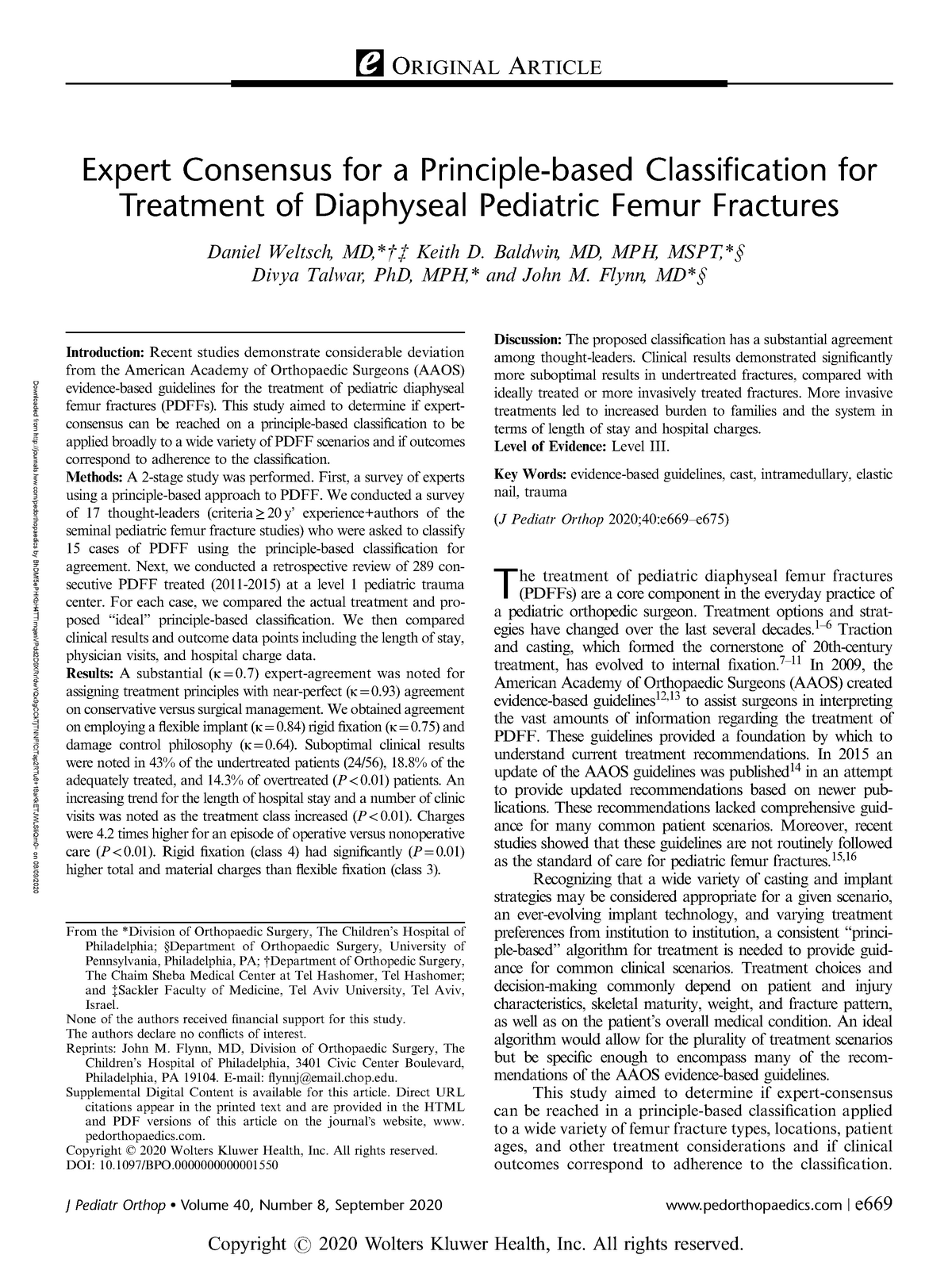


Femur Clasificacion Ninos Mor111 Studocu



Open Fracture 1 3 Middle Femur Sinistra Case Report Orthopedic Surgery Medical Specialties



A Pfn Clavo De Femur Anti Rotaorio Youtube



Pdf Biomechanical Effects Of Hardware Configuration After Union Of Proximal Femoral And Shaft Fractures



Distribucion De Las Fracturas Segun La Clasificacion De Ao Download Scientific Diagram



Clasificacion De Fracturas Aotrauma Limbs Anatomy Human Anatomy



Ao Ota Type 31 A Pertrochanteric Fractures 31 A1 Fractures Are Simple Download Scientific Diagram



Editor S Choice Management Of Chronic Venous Disease European Journal Of Vascular And Endovascular Surgery



Clasificacion Fracturas Ao



Z Effect Reverse Z Effect In Pfn Dental Implant Diseases And Disorders



Clasificacion De Fracturas Huesos Largos Youtube


Classification Of Distal Femur Fractures And Their Clinical Relevance Trauma International



Tratamiento Quirurgico De Fracturas De Miembro Inferior Desde La Instrumentacion Quirurgica By Grupo Guias Beo Carlos Alberto Rico Ceballos Issuu



Forearm Fractures In Two Juveniles Aged 11 And 15 Years Respectively Download Scientific Diagram



Ejercicios Ao



1 5 Clasificacion Ao Fracturas Hueso Sistema Musculoesqueletico
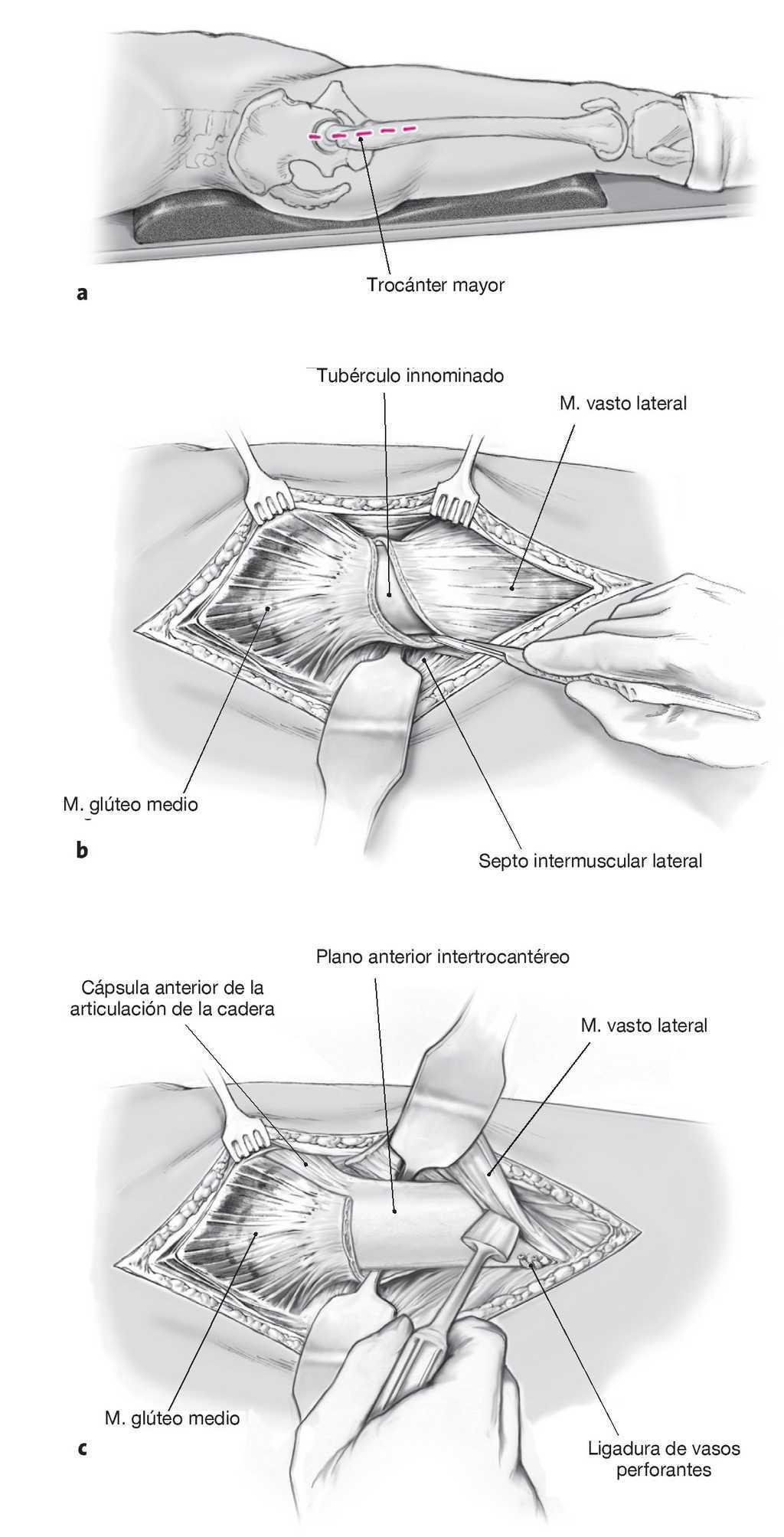


Osteotomia Intertrocanterea Correctora De Imhauser Tecnicas Quirurgicas En Ortopedia Y Traumatologia
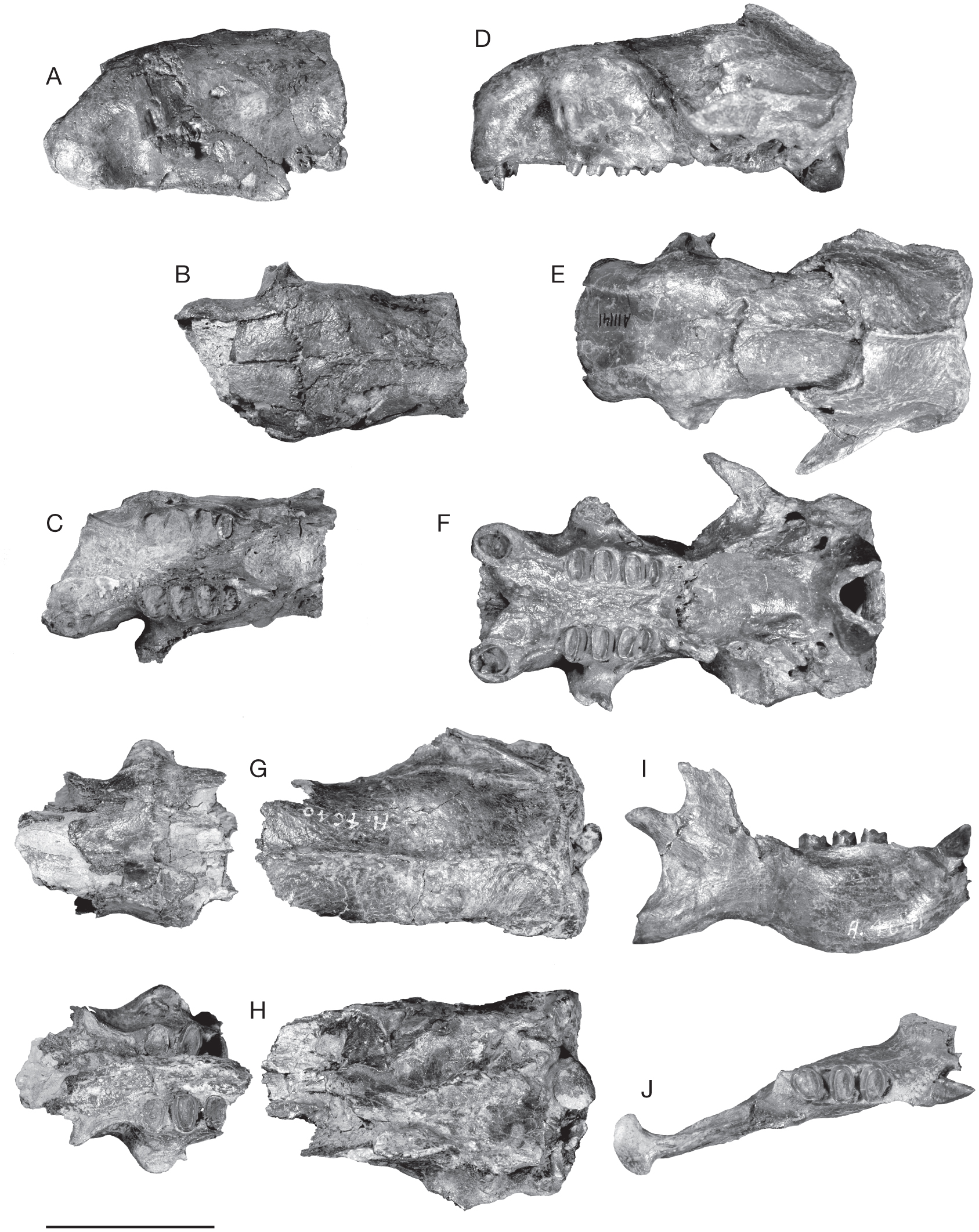


Eucholoeops Ameghino 17 Xenarthra Tardigrada Megalonychidae From The Santa Cruz Formation Argentine Patagonia Implications For The Systematics Of Santacrucian Sloths



Fractura Proximal De Femur Vias De Abordaje 27 5 15 Pdf Document



Fijacion Intramedular Para Fracturas Intertrocantereas Con El Clavo Femoral Proximal Pdf Descargar Libre



Clasificacion Ao Fracturas Diafisiarias Y Articulares Docsity



El De Pacientes Con Una Fractura Osteoporotica Tendran Una Segunda Fractura Pdf Descargar Libre



Tha Periprosthetic Fracture Recon Orthobullets



No comments:
Post a Comment